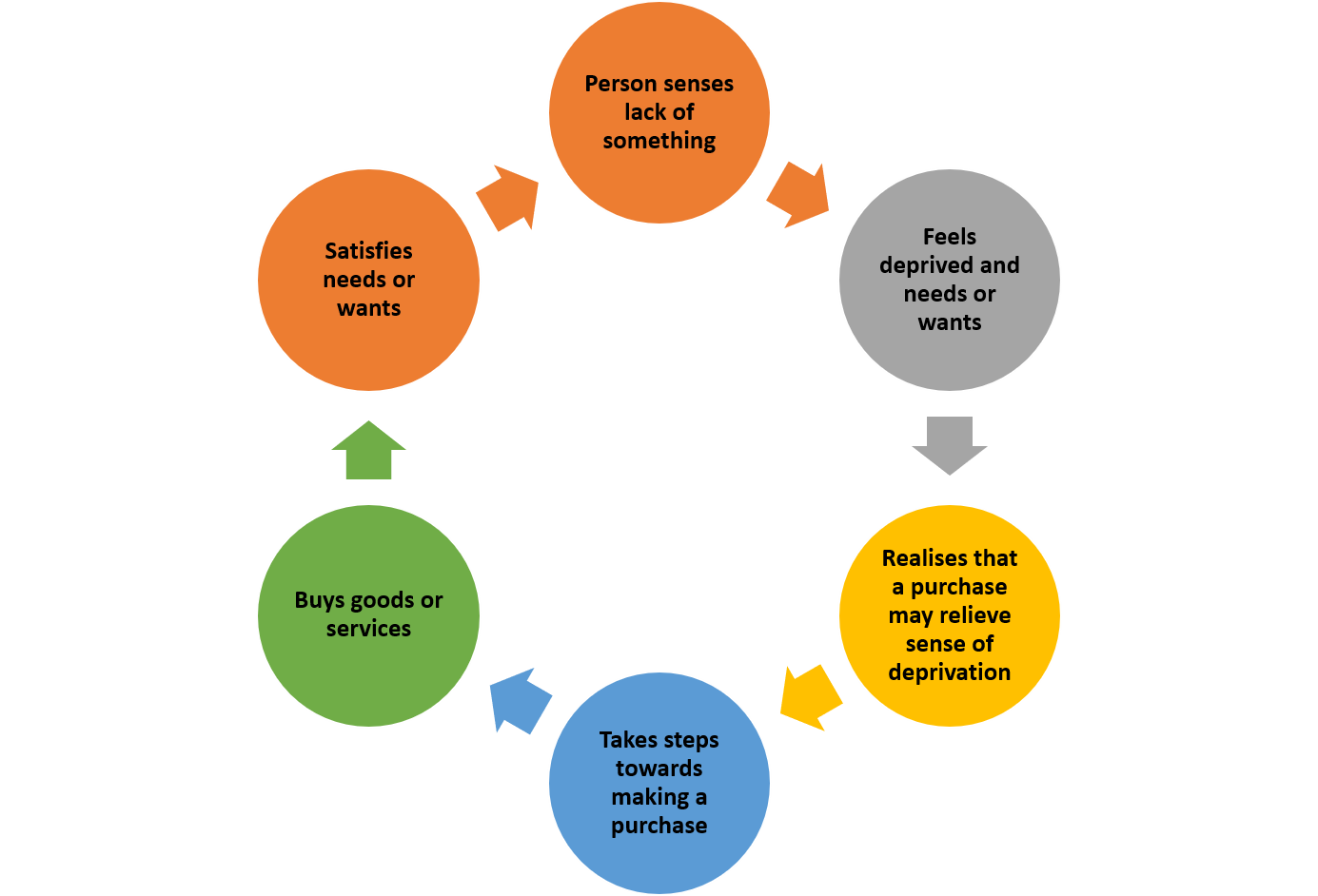Most people love to shop, whether in stores, via television by mail or online. Each year, they spend billions of rands in food stores, at shopping centres, in catalogue showrooms, on the telephone and the Internet. One powerful attraction for consumers is that shopping makes them feel good. They derive enormous satisfaction from purchasing goods and services which they believe enhance their lives. It may seem superficial but is very real.
Buying makes people feel in control. It is the solution to a problem that begins when they sense that something is lacking in their lives. This gnawing sense of deprivation turns quickly to dissatisfaction and a desire to relieve it. The need becomes a buying motive. At this point, people take active steps to acquire what they need. They visit stores and purchase goods or services, finally satisfying the need. Thus, shopping is proactive – that is, it demonstrates an effort to right a wrong.

Anyone who walks into or phone the store does this with a desire, conscious or subconscious, to purchase what the store is selling. Shoppers want to buy. Your job as a customer-facing person is to make certain customers’ needs are satisfied to help them complete the buying process.
This is not too difficult with customers who have identified the goods or services which will satisfy them. But it presents a challenge with that sense of dissatisfaction; yet has not identified what will relieve it. If you perform well, you will identify and sell each customer with the goods or service that will satisfy their needs.